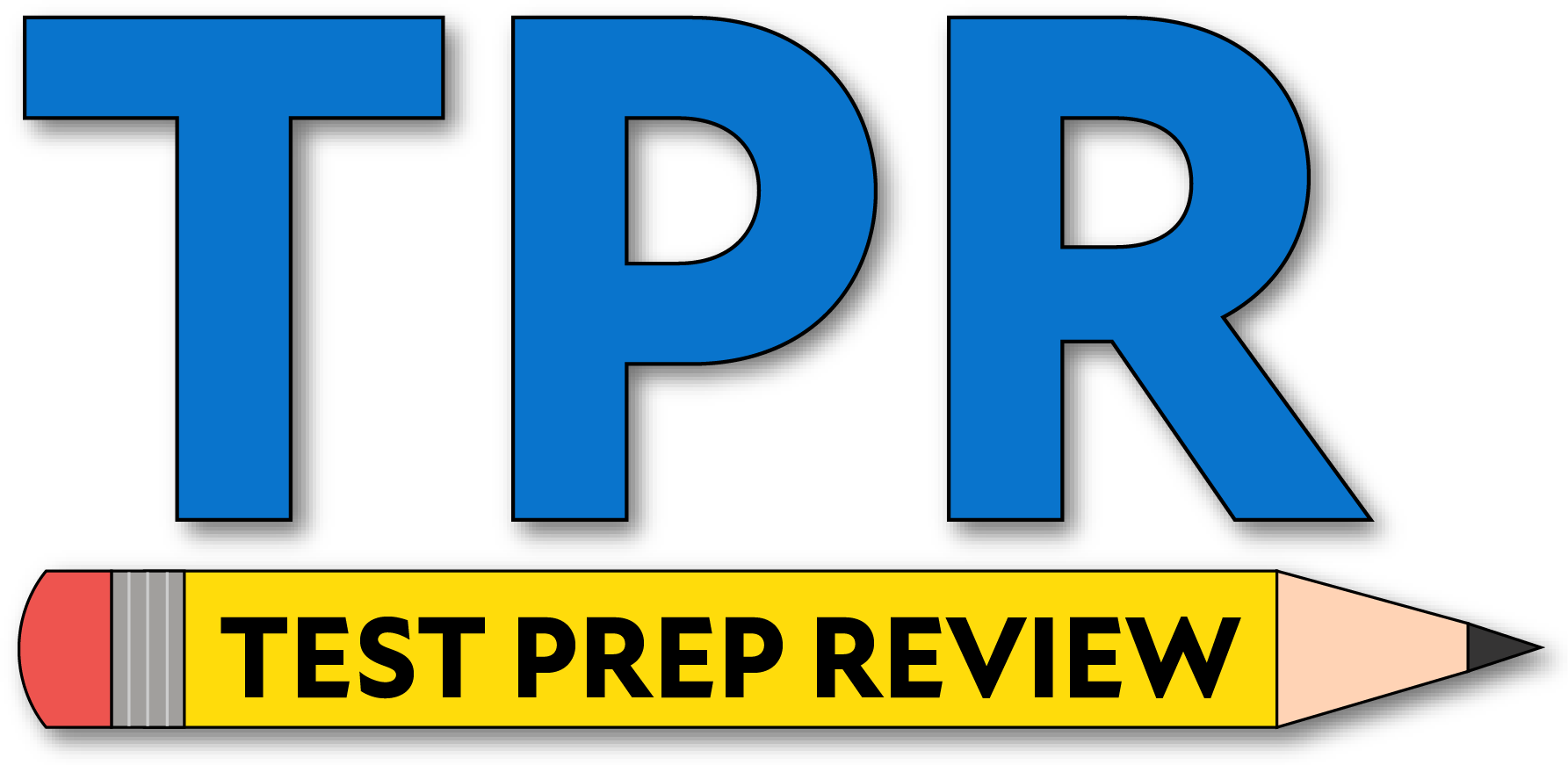- Which of the following is NOT directly associated with the lymphatic pathway?
- Lymphatic trunk
- Lymphatic collecting duct
- Subclavian vein
- Carotid arteries
The lymphatic pathway includes lymphatic trunks that drain into collecting ducts, which empty into the subclavian veins.
The carotid arteries are part of the arterial blood supply and are not components of the lymphatic return pathway.
- What is the thymus responsible for secreting from epithelial cells?
- Thymosin
- Growth hormone
- Macrophages
- Plasma cells
Thymic epithelial cells secrete thymic hormones such as thymosin that drive T cell maturation and selection.
Growth hormone is produced by the anterior pituitary, and macrophages and plasma cells are immune cell types, not thymic secretions.
- Which of the following types of cytokines is responsible for the growth and maturation of B cells?
- IL-1
- IL-2
- IL-3
- IL-4
IL-4 promotes growth and differentiation of B cells and class switching, especially to IgE and IgG.
IL-1 is mainly pro-inflammatory from macrophages, IL-2 expands T cells, and IL-3 supports bone-marrow progenitors.
- Which of the following types of immunoglobulins is the most responsible for promoting allergic reactions?
- IgA
- IgM
- IgD
- IgE
IgE binds to Fcε receptors on mast cells and basophils. Cross-linking by allergen triggers degranulation and immediate hypersensitivity reactions.
- Which of the following types of immunoglobulins is located on the surface of most B lymphocytes?
- IgA
- IgM
- IgD
- IgE
IgD is prominently expressed on the surface of naïve mature B lymphocytes (co-expressed with IgM) and functions as a B cell receptor.
- Which of the following statements regarding the lymphatic system is FALSE?
- Lymph originates from excess cellular fluid.
- Lymph nodes trap bacteria.
- Swelling of the lymph nodes indicates dysfunction.
- Swelling of the lymph nodes indicates proper functioning.
Enlarged lymph nodes usually reflect an active immune response, which is evidence of proper function, not dysfunction.
Lymph forms from excess interstitial fluid, and nodes filter lymph and trap pathogens.
- Which of the following is NOT an autoimmune disease?
- Graves’ disease
- Myasthenia gravis
- Insulin-dependent diabetes mellitus
- Alzheimer’s disease
Alzheimer’s disease is a neurodegenerative disorder and is not classified as autoimmune.
- T cell activation requires which kind of cell?
- Activation
- Accessory
- Plasma
- Helper
T cell activation requires an accessory cell that presents peptide via MHC and provides co-stimulation.
“Helper” describes a T cell subset, not the activating partner, and plasma cells are antibody-secreting B cells.
- The thymus is located within which of the following?
- Mediastinum
- Periosteum
- Episternum
- Endosteum
The thymus sits in the anterior superior mediastinum, posterior to the sternum and anterior to the great vessels.
- Which of the following statements is FALSE regarding the spleen?
- It is composed of red and white pulp.
- It is similar to a large lymph node.
- It contains macrophages.
- It has limited blood within the lobules.
The spleen is highly vascular. Its red pulp is engorged with blood filtered through sinusoids, not “limited” blood. It resembles a large lymphoid organ and contains macrophages.
- Which of the following is NOT considered a central location of lymph nodes?
- Cervical
- Axillary
- Inguinal
- Tibial
Major lymph node groups are cervical, axillary, and inguinal. “Tibial” is not a standard lymph node basin.
- What do lymphocytes become once they reach the thymus?
- T cells
- B cells
- Plasma cells
- Beta cells
Lymphocyte precursors that migrate to the thymus mature into T cells through positive and negative selection.
- What do lymphocytes become if they do NOT reach the thymus?
- T cells
- B cells
- Plasma cells
- Beta cells
Lymphocytes that do not migrate to the thymus mature in bone marrow as B cells, which can later differentiate into plasma cells.
- Which of the following is associated with a B cell deficiency?
- Job’s syndrome
- Chronic granulomatous disease
- Bruton’s agammaglobulinemia
- Wiskott-Aldrich syndrome
Bruton’s agammaglobulinemia causes failure of B-cell maturation and markedly reduced immunoglobulins.
Job’s (Hyper-IgE) involves Th17 signaling, CGD affects phagocyte oxidative burst, and Wiskott-Aldrich involves combined immunodeficiency with thrombocytopenia and eczema.
- Which of the following is the autoantibody for systemic lupus?
- Antithyroid microsomal
- Antinuclear
- Anti-gliadin
- Anti-histone
Antinuclear antibodies (ANA) are highly sensitive for SLE. Anti-histone is classically linked to drug-induced lupus.
- The TB skin test is an example of…
- Delayed hypersensitivity
- Serum sickness
- Cytotoxic reaction
- Arthus reaction
The TB skin test (PPD) is a type IV delayed-type hypersensitivity reaction mediated by sensitized T cells and macrophages.
- Which of the following types of cytokines is secreted by macrophages?
- IL-1
- IL-2
- IL-3
- IL-4
Activated macrophages secrete IL-1 along with IL-6 and TNF-α, driving fever and acute-phase responses.
- Which of the following types of immunoglobulins binds complement?
- IgA
- IgD
- IgE
- IgG
IgG activates the classical complement pathway. IgA, IgD, and IgE do not efficiently fix complement.
- Which of the following is a key component of cytotoxic T cells?
- CD2
- CD4
- CD8
- CD10
Cytotoxic T lymphocytes are CD8+ cells that recognize antigen presented on MHC I and kill infected or malignant cells.
- Which of the following is not a primary target group of T cells?
- Viruses
- Toxins
- Fungi
- TB
T cells primarily target intracellular pathogens such as viruses, certain fungi, and intracellular bacteria like Mycobacterium tuberculosis.
Toxins are neutralized mainly by antibodies, not by T cells.
